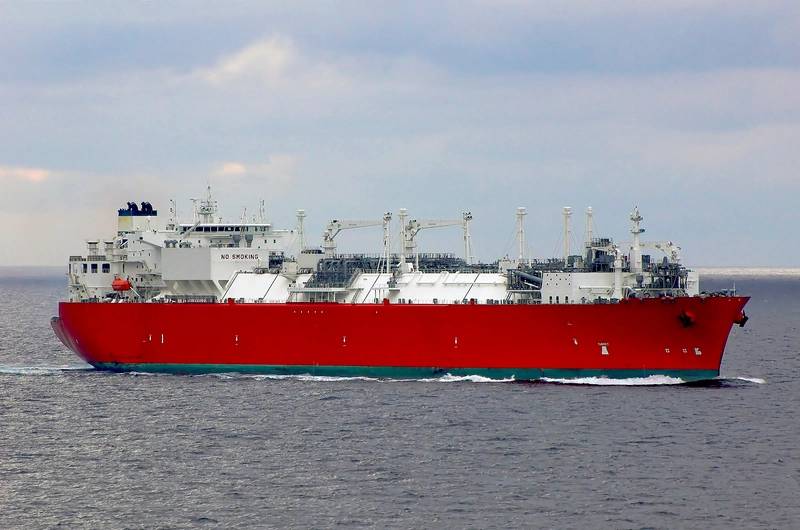Could the US Ship More LNG to Europe?
The United States, the world's top natural gas producer, wants to send more liquefied natural gas (LNG) to Europe to help its allies break their dependence on Russian gas after Moscow invaded Ukraine on Feb. 24.
But U.S. exports are limited by the country's liquefaction capacity and an ongoing outage at Freeport LNG's plant after the second-biggest U.S. LNG export facility was hit by fire in June.

Russia, once Europe's biggest gas supplier, has already cut exports for various reasons this year, including the shutdown of pipelines near battle zones in Ukraine and disputes with customers refusing to pay for gas in roubles.
Data provider Refinitiv said Russia exported around 3.7 billion cubic feet per day (bcfd) of gas since mid June on the three main lines into Germany - Nord Stream 1 (Russia-Germany), Yamal (Russia-Belarus-Poland-Germany) and the Russia-Ukraine-Slovakia-Czech Republic-Germany) route.
That is down from around 6.5 bcfd in early June and more than halved from an average of 9.4 bcfd in July 2021.
Russian exports will likely fall further when Nord Stream 1 shuts for maintenance from July 11-21. Some in the market worry the pipe may not return on time.
Russia, the world's second biggest gas supplier, produced about 67.9 bcfd in 2021 and exported 24.4 bcfd, most of which (about 15.0 bcfd) went to the European Union (EU).
Russian gas accounted for around 45% of EU's imports in 2021 and almost 40% of its total consumption of roughly 39 bcfd, according to the International Energy Agency.
One billion cubic feet is enough gas for about five million U.S. homes for a day.
How much gas does the U.S. export?
The United States will produce about 96.5 bcfd of gas in 2022 and export about 11.9 bcfd as LNG, according to U.S. Energy Information Administration (EIA) projections.
But that EIA outlook was before the Freeport LNG plant in Texas shut on June 8.
Freeport LNG estimated the plant, which was consuming about 2 bcfd of gas before it shut, could resume operations by October. Some analysts, however, think the outage will last longer.
In 2021, the United States exported a record 9.8 bcfd of gas as LNG with 3.3 bcfd, or 34%, going to Europe. Most U.S. LNG went to Asia in 2021 because prices there averaged $18 per million British thermal units (mmBtu) versus $16 in Europe.
So far in 2022, the United States exported about 11.0 bcfd of gas as LNG with 7.5 bcfd, or 68%, going to Europe - where prices have averaged $33 per mmBtu versus $29 in Asia.
How much more can the U.S. export?
The United States will be able to export more gas, but it will take time.
The seven big U.S. LNG plants, including Freeport LNG, currently have the capacity to export about 13.6 bcfd.
That will rise to 13.8 bcfd later in 2022 when the last units at Venture Global LNG's Calcasieu Pass plant in Louisiana enter service.
In 2023, U.S. LNG export capacity could reach 14.2 bcfd if New Fortress Energy Inc's Fast LNG project in the Gulf of Mexico receives its permits and enters service as expected.
Can others supplant Russian supplies?
Europe can boost gas supplies by increasing domestic production, importing more pipeline fuel from countries like Azerbaijan and Norway, and importing more LNG.
Europe has already boosted LNG imports from around 10.7 bcfd in 2021 to an average of 17.4 bcfd so far in 2022, according to Refinitiv data.
While most of that additional LNG came from the United States, several other countries boosted exports during the first half of 2022, including Equatorial Guinea, Egypt, Cameroon, Papua New Guinea, Malaysia, Australia, Norway, Oman and Peru.
Some of those LNG exports, however, did not go to Europe but went to other parts of the world to replace cargoes that were re-routed to Europe
(Reuters - Reporting by Scott DiSavino; Editing by Marguerita Choy)
